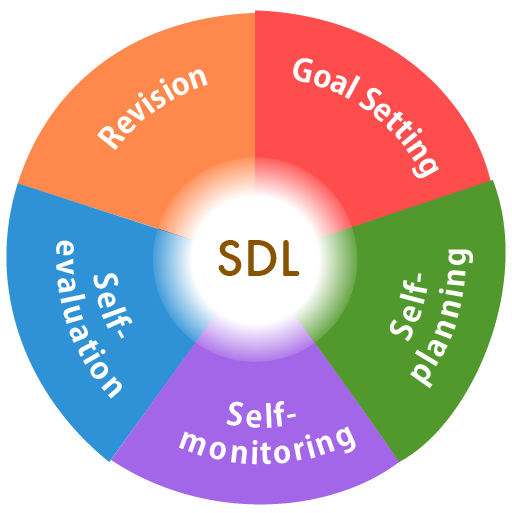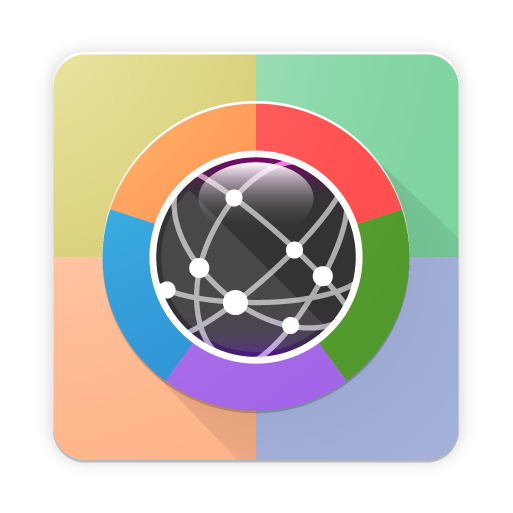The Partnership for 21st Century Skills has recently identified self-directed learning as one of the life and career skills necessary to prepare students for education and workforce. Williamson (2007) suggests that self-direction is the basis of all learning, whether formal or informal. Self-directed learning may be viewed as a process of learning where individuals take the primary responsibility in the learning process, as well as a set of personal attributes or personal characteristics of the learner (Brockett & Hiemstra, 1991; Caffarella, 1993; Merriam, Caffarella, & Baumgartner, 2007). Knowles (1975) defines SDL as a process in which individuals take the initiative to diagnose their own learning needs, formulating their own learning goals, identifying resources for learning, choosing the appropriate learning strategies and evaluating their own learning outcomes.
As a pedagogical approach, SDL has two important characteristics: (a) it requires students to take personal responsibility for their own learning, and (b) the SDL process or teaching-learning transactions often involve interactions with the teacher as well as with other learners (Brockett & Hiemstra, 1991). Students’ personal responsibility in learning involves students taking ownership of their learning, setting learning goals, and accepting responsibility for their thoughts and actions (Hiemstra & Brockett, 1994). In essence, the decision of learning begins and resides with the learner; with the learner maintaining control for many learning decisions (Banz, 2009; Hiemstra, 1982). However, it is important to note that learning usually takes place within a social context involving the teacher as well as other students (Lim, Hew, & Cheung, 2013). In other words, taking personal responsibility over one’s learning does not exclude a student from working with the teacher or his peers (Banz, 2009).
SDL as a teaching-learning transaction, therefore, involves negotiation between the teacher and students about the learning goals, learning methods and activities, and assessment of learning outcomes (Brockett & Hiemstra, 1991). It also involves interactions with other learners which could lead to deeper understanding and further interests into the subject or topic being studied (Banz, 2009).
KEY COMPONENTS AND INDICATORS OF SDL

With the reference of the literature, we may infer the following five processes and the corresponding descriptions of potential assessment indicators (Black & William, 1998; Brockett, 2002; Candy, 1991; Clarke, 2001; Garrison, 1997; Guglielmino, 1977; NCREL, 2003; SRI, 2008): goal setting, self-planning, self-monitoring, self-evaluate and revision. Table 1 presents the description of each indicator.
| SDL indicators | Description |
| Goal setting |
|
| Self-planning |
|
| Self-monitoring |
|
| Self-evaluation |
|
| Revision |
|






